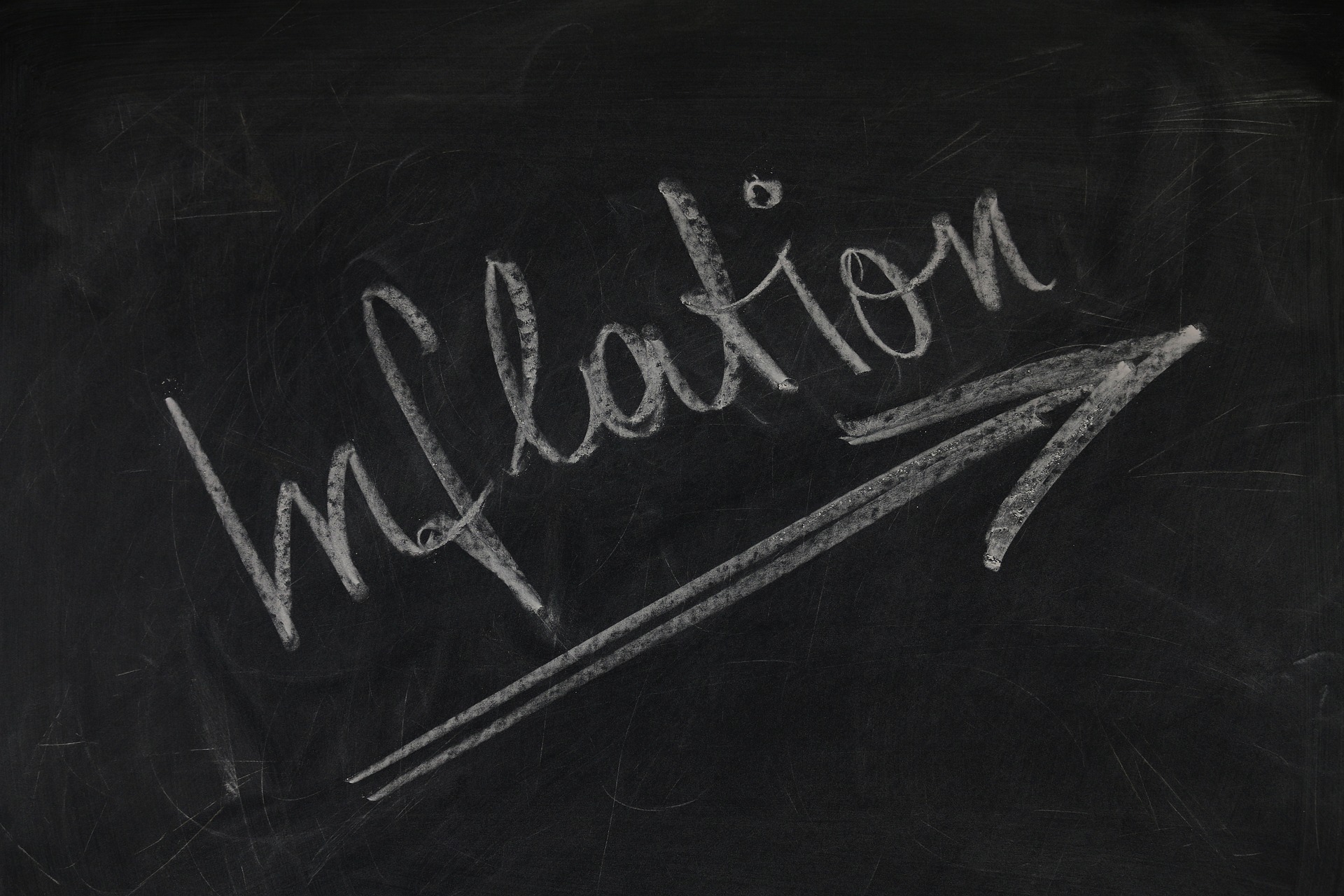
New inflation data released on Wednesday revealed that consumer prices in the United States rose in line with expectations for October, reinforcing expectations that the Federal Reserve might opt for another interest rate cut in December.
According to the Bureau of Labor Statistics, the Consumer Price Index (CPI) saw a yearly increase of 2.6%, slightly up from the 2.4% increase observed in September. This figure was precisely what economists had anticipated. Month-over-month, the CPI rose by 0.2%, maintaining the pace set in September and aligning with economic forecasts.
Delving into core CPI, which excludes the often fluctuating prices of food and energy, the figures indicate a 0.3% increase from the previous month, consistent with the increase seen in September. Over the year, core CPI was up by 3.3% for the third month in a row, signaling that while inflation is cooling, it remains above the Fed’s desired 2% target.
Looking at shorter-term trends, the three-month annualized rate for core CPI accelerated to 3.6% from 3.1%, whereas the six-month annualized rate remained unchanged at 3.3%. These figures present a complex picture for policymakers, as they attempt to guide inflation back to the target rate without stifling economic growth.
Shelter costs, a significant component of the CPI, continued to exert upward pressure on inflation. The shelter index increased by 4.9% annually, matching the rise seen in September, and contributed over half of the monthly increase in the overall CPI. This persistent rise in shelter costs has been a thorn in the side of efforts to tame inflation, as noted by economic analysts.
Conversely, the energy sector provided some relief with the energy index staying flat in October after a notable 1.9% decline in September. On an annual basis, energy prices fell by 4.9%, which could help temper overall inflation if the trend persists.
Food prices, however, showed less relief, with an annual increase of 2.1%. On a monthly basis, food prices rose by 0.2%, with grocery store items (food at home) ticking up by 0.1% after a 0.4% rise last month, and eating out (food away from home) increasing by 0.2%.
This detailed inflation report underscores the Federal Reserve’s ongoing challenge in navigating economic policy. While the headline numbers align with expectations, the sticky nature of certain categories like shelter and food might prompt cautious steps in monetary policy adjustments. With these dynamics at play, the Fed’s next moves will be closely watched, particularly as they consider whether to proceed with another rate cut in December to stimulate economic activity while keeping inflation in check.
- Bulenox: Get 45% to 91% OFF ... Use Discount Code: UNO
- Risk Our Money Not Yours | Get 50% to 90% OFF ... Use Discount Code: MMBVBKSM
Disclaimer: This page contains affiliate links. If you choose to make a purchase after clicking a link, we may receive a commission at no additional cost to you. Thank you for your support!



Leave a Reply